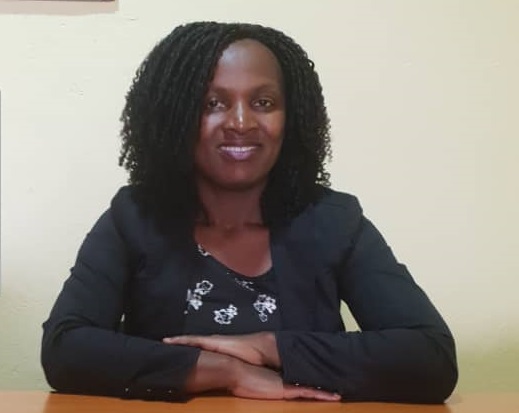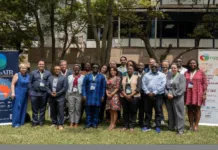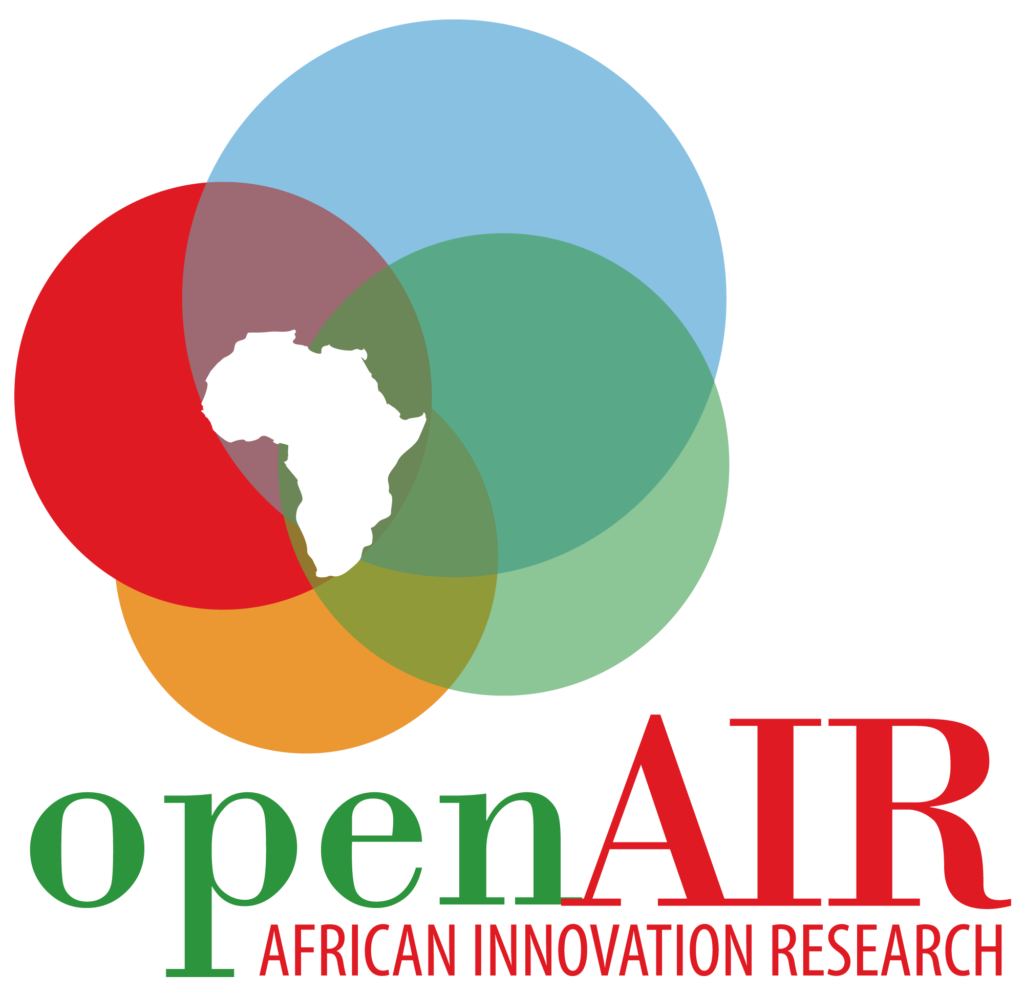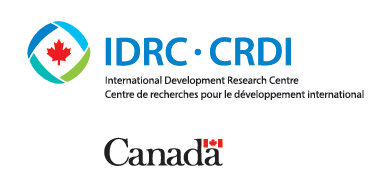By Philda Maiga
A new dawn is upon Africa, following a decision on 5 December 2020 of the African Union Assembly to kickstart the trading phase of the AfCFTA, after years of ambitious planning and negotiations. The region is now implementing a continent-wide free trade zone as a single market for goods and services.
Delivering the transformative potential of the AfCFTA, however, will require a move from the business-as-usual approach to development and address head-on pervasive challenges to inclusivity in a bid to leave no one behind. This blog post discusses the manner in which women entrepreneurs can be supported to benefit from the AfCFTA through policy options that encourage innovation and Intellectual Property (IP).
What is the AfCFTA?
The AfCFTA is a mega-regional free trade agreement (FTA) that includes 55 countries with a combined population of 1.3 billion people and a GDP valued at US $3.4 trillion. The agreement is a step toward the realisation of an African Economic Community (AEC), espoused since the 1960s by the Organization of African Unity (OAU) and its successor institution, the African Union (AU), and pursued by the Abuja Treaty of June1991.
The key aim of the AfCFTA is to create a single market for goods and services, and to boost intra-African trade. In 2017, for instance, intra-African exports stood at only 16.6% of total exports, compared to 68% in Europe, and 59% in Asia. According to the UN Economic Commission for Africa, the agreement has the potential to increase intra-African trade by over 50%. The agreement works toward a continental customs union; elimination of tariffs on 90% of intra-Africa goods; movement of capital and people between countries; facilitation of external investment; and reduction of non-tariff barriers (NTBs), among others.
Much like the Agreement establishing the WTO, the AfCFTA is an overarching framework agreement. It consists of Protocols on Trade in Goods, Trade in Services, Rules and Procedures on the Settlement of Disputes, Investment, Competition Policy and Intellectual Property Rights (IPRs). It is accompanied by Annexes, Guidelines and Schedules to the aforesaid Protocols. Its different protocols are negotiated in two phases. Phase I focused on three protocols: trade in goods with its 9 annexes, trade in services with its 3 annexes and dispute settlement. Phase II negotiations focus on the protocols on competition, intellectual property rights and investment.
IP and Gender in the AfCFTA
Article 4 of the AfCFTA Agreement states that State Parties shall cooperate on investment, intellectual property rights (IPR), and competition policy, laying the groundwork for an IP Protocol. The AfCFTA IPR Protocol is a Phase II issue, whose negotiation and implementation unavoidably follows the trading phase. As a key area for negotiation, this is an opportunity for Africa to design an IP regime that is calibrated to the needs of the continent; one that promotes growth but at the same time preserves national policy space on key issues. As the Protocol is developed, policy makers should review the role of IP law as a means of achieving economic development.
The AfCFTA’s transformative potential can easily be realised if the benefits from intra-regional trade are inclusive and if no one is left behind. This fact is in the Agreement itself. The preamble makes reference to the importance of gender equality for the development of international trade and economic cooperation. Article 3(e) states that the AfCFTA aims to promote and attain sustainable and inclusive socio-economic development, gender equality and structural transformation. Further, Article 27(d) of the Protocol on Trade in Services makes explicit reference to improving the export capacity of formal and informal service suppliers, with particular attention to micro, small and medium-sized operators and women and youth service suppliers.
Women play a significant role in trade in Africa and are key to the continent’s success in leveraging the full potential of the AfCFTA. Studies have shown that most entrepreneurs in Africa are women, a number of them in informal cross-border trade. However, they continue to face challenges and obstacles that limit their competitiveness and make their businesses less productive than those owned by men. It is imperative to put in place measures that support women entrepreneurs including laying appropriate institutional and policy infrastructure to spur innovation among women.
A number of the AfCFTA’s gains are likely to come from measures that promote innovation and IP for the creation of jobs, reduction of inequalities, and promotion of sustainable, inclusive development. Advancing gender equality is key to achieving these objectives. Supporting women to develop IP products can help propel their competitiveness, including joining regional and global (multilateral) value chains. The benefits of such inclusion will become apparent with development outcomes that are tied to successful women enterprises.
Mainstreaming Gender in AfCFTA national strategies – a means to fast-track innovation and IP
As a first step, there should be preparation for gender inclusion in national AfCFTA strategies and policies. In some countries, this is ongoing or already done. This process should involve gender mainstreaming to enable policymakers to gain a better understanding of the economic activities and subsectors in which women are concentrated. The merit in this is that the factors that may block women’s access to economic opportunities in priority sectors are better understood.
Second, Nadira (2019), an expert on gender mainstreaming at UNECA, has advised that in, the industrial sector, greater efforts need to be made to provide women with access to technical education and on-the-job training. Targeted entrepreneurship training can help women entrepreneurs grasp the opportunities that open markets create and calibrate their businesses toward those opportunities through creativity and innovation.
Third, new technology platforms are developing across the continent, empowering new small- and medium-sized enterprises, creating jobs, diversifying economies, improving productivity, and facilitating entry into new markets. Women need the skills and access to information and communication technologies (ICTs), business networks and technical knowledge to be able to tap into these emerging opportunities.
Fourth, more women need to be encouraged to go into technically oriented science, technology, engineering, and mathematics (STEM) fields to be able to pioneer scientific innovations that are inclusive, and to shape business trends. According to Burk (2018), entry and retention of women in technical fields is notoriously poor despite initiatives to make opportunities available. These are, however, the fields from which innovations and patentable inventions are most likely to arise. If part of the goal of the AfCFTA is to help women to have more patentable inventions, more women are needed in STEM fields.
My QES Fellowship
As a QES-AS Fellow, I have the unique opportunity to engage further in this discourse through my QES-funded research. This research seeks to better understand the role played by gender in a firm’s innovative activities, particularly whether women-led enterprises face any barriers in their innovation path and how these may be addressed. As a woman, I’m keen to unravel how we can shape the business landscape and suggest ways in which some obstacles can be dismantled.








